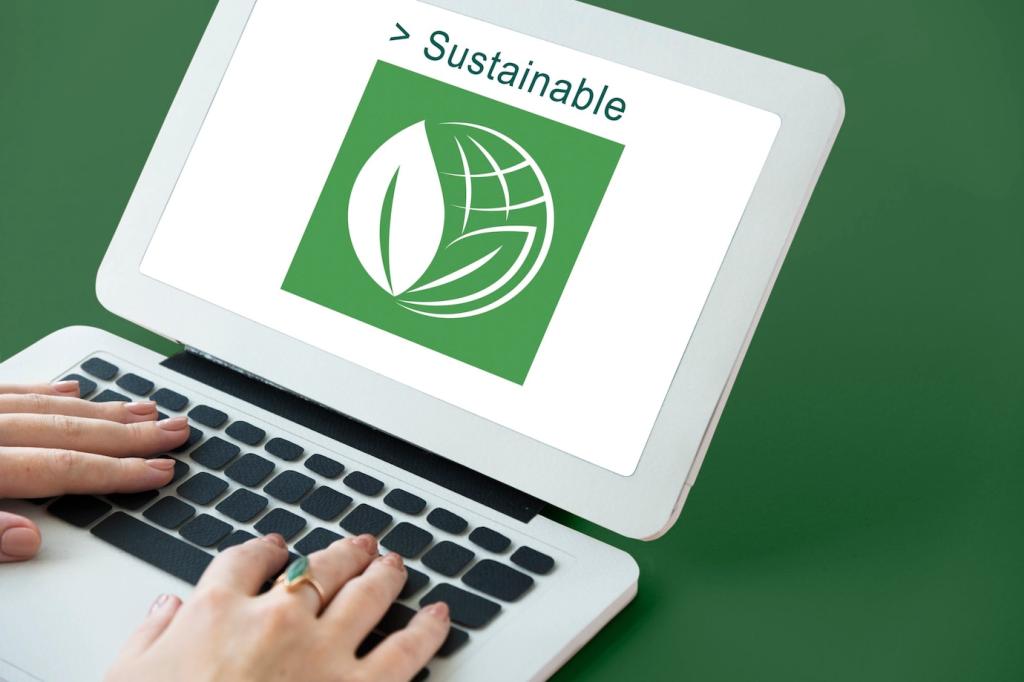Longer Lifecycles, Lower E-Waste
Virtualization abstracts workloads from specific machines, allowing older but reliable servers to remain productive longer. This strategy delays manufacturing a replacement and avoids premature disposal. How many additional years have you squeezed from hardware with smart virtualization planning?
Longer Lifecycles, Lower E-Waste
Virtual desktop infrastructure replaces energy-hungry PCs with lightweight endpoints. Thin clients consume far less power and last longer, cutting materials usage and shipping emissions. Thinking of a VDI pilot? Tell us your user group, and we’ll share a checklist tailored to their needs.










